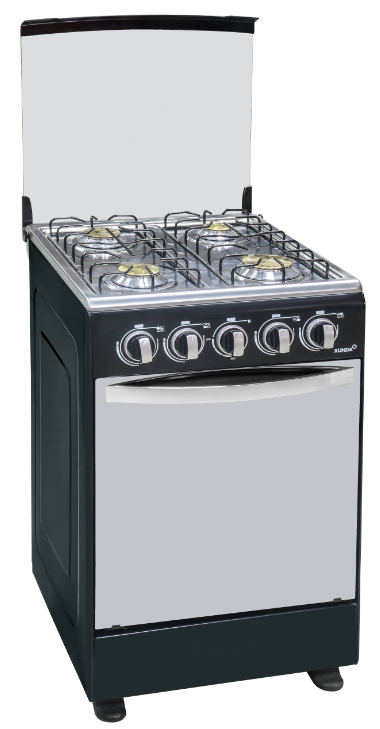Basic knowledge in the application of non-linear editing system Any system is composed of several elements, which are crucial: file In a non-linear editing system, all materials are stored in recording media (hard disks, optical disks, and floppy disks) in the form of files, and are managed in a tree-like directory structure. Each file is divided into standard-sized data blocks, which are quickly accessed through a linked list. On this basis, the function of quickly positioning the edit point of the non-linear editing system can be fully utilized. There are two main files used in editing work-material files and working files. Working files include project (engineering) files used to record editing status and library files for managing materials; material files can be roughly divided into several categories such as static images, audio, video, subtitles, and graphic files. In addition to recording screen and sound data, the material file can also save the name, category, size, length and storage location of the material, which greatly facilitates the production of programs and the management of materials. image Generally, digital color image files can be saved in multiple formats, and images in different formats can be converted to each other. The image file resources are extremely rich and the compatibility is relatively good. Generally, it can be exchanged between different nonlinear editing systems. More commonly used in editing are TARGA format for recording three-dimensional animation, TIFF format for flat image processing and BITMAP format for color bitmap images. Graphics The subtitle file is a vector graphics file generated inside the computer. The main difference between it and the image file is that text and graphic objects can be modified at any time to adjust their size, position, color, and overlay relationship between layers. The graphic file does not record the color information of each pixel on the screen like the image file, but records the coordinates, color, and fill attributes of key points. Therefore, the space occupied on the disk is relatively small. Audio Most of the sounds recorded in the nonlinear editing system are saved in the form of uncompressed sampled waveform files. When audio is digitized, the sampling frequency and sampling depth of the analog-to-digital conversion affect the quality of the sound signal stored in the system and the disk space occupied by the audio material. The higher the sampling frequency and the greater the sampling depth, the better the quality of the recorded sound and the corresponding storage space occupied. At present, most TV stations use mono audio signals when broadcasting, generally the sampling frequency is above 22KHz, and the sampling depth of 16 bits can meet the requirements. With the increase in the requirements for sound quality, some TV stations have transitioned to using stereo audio signals to broadcast some programs. Accordingly, CD-quality sound processing methods need to be selected, that is, sampling at a frequency of 44.1KHz and recording as 16-bit stereo signal. video Parameters such as resolution, frame rate, and number of colors are generally used as indicators to describe digital video signals. Resolution reflects the clarity of the picture. The picture quality of a TV image with a resolution of 384 × 288 and a TV image with a resolution of 384 × 576 are obviously different. In the post-production of TV programs, the image resolution is required to be 720 × 576 or 768 × 576 (PAL system). The frame rate of PAL TV programs is 25fps (frames per second); when making multimedia CD publications (CDTITLES), the frame rate of 15fps is generally selected. The frame rates of movies and NTSC TV are 24fps and 30 / 29.97fps respectively. The number of bytes describing each pixel determines how many colors can be displayed on the same screen at most, generally 256 colors, 65536 colors and 16777216 colors (that is, true colors). The greater the number of colors, the richer the color gradation that can be expressed.
Freestanding Gas Cookers
Freestanding Gas Cookers Freestanding Gas Cookers,Free Standing Electric Combination Cooker Oven,Large Volume Oven Cooker,Six Burners Glass Cover Cooker xunda science&technology group co.ltd , https://www.gasstove.be
Enjoy the control and convenience of gas cooking with Freestanding Gas Cookers, featuring four gas burners and 4 brass burner cap to help you create delicious meals for your family and friends.
Key Features
Fuelled by natural gas, Freestanding Cooker is economical and delivers delicious results, letting you enjoy tender, moist roasts with lower running costs.
The spacious cooktop features a triple ring burner for fast, efficient heating, and flame failure protection to cut off the gas flow if the flame is extinguished.
The gas oven offers a range of cooking functions, including electric grill, static gas, and fan assisted gas for even heat distribution.
Crafted with low porosity titanium enamel and a removable glass door, the Cooker is easy to clean.
With a 10 AMP plug already fitted to the Cooker, installation to a standard power outlet is simple and easy.
Black color body
Glass top
Stainless Working Top
4 Gas Burners with 4 brass burner cap
(1 large 2 medium 1 small)
Manual Ignition
Enamel Grill
Knobs with Base
Double Glass Oven Door (mirror)
Downside Oven Burner
1 Pcs Oven Grill
Aluminum Handle
Duck feet
Oven Size:60L
Product Size:50X50X81cm
